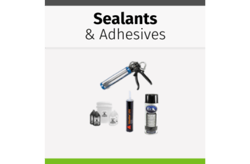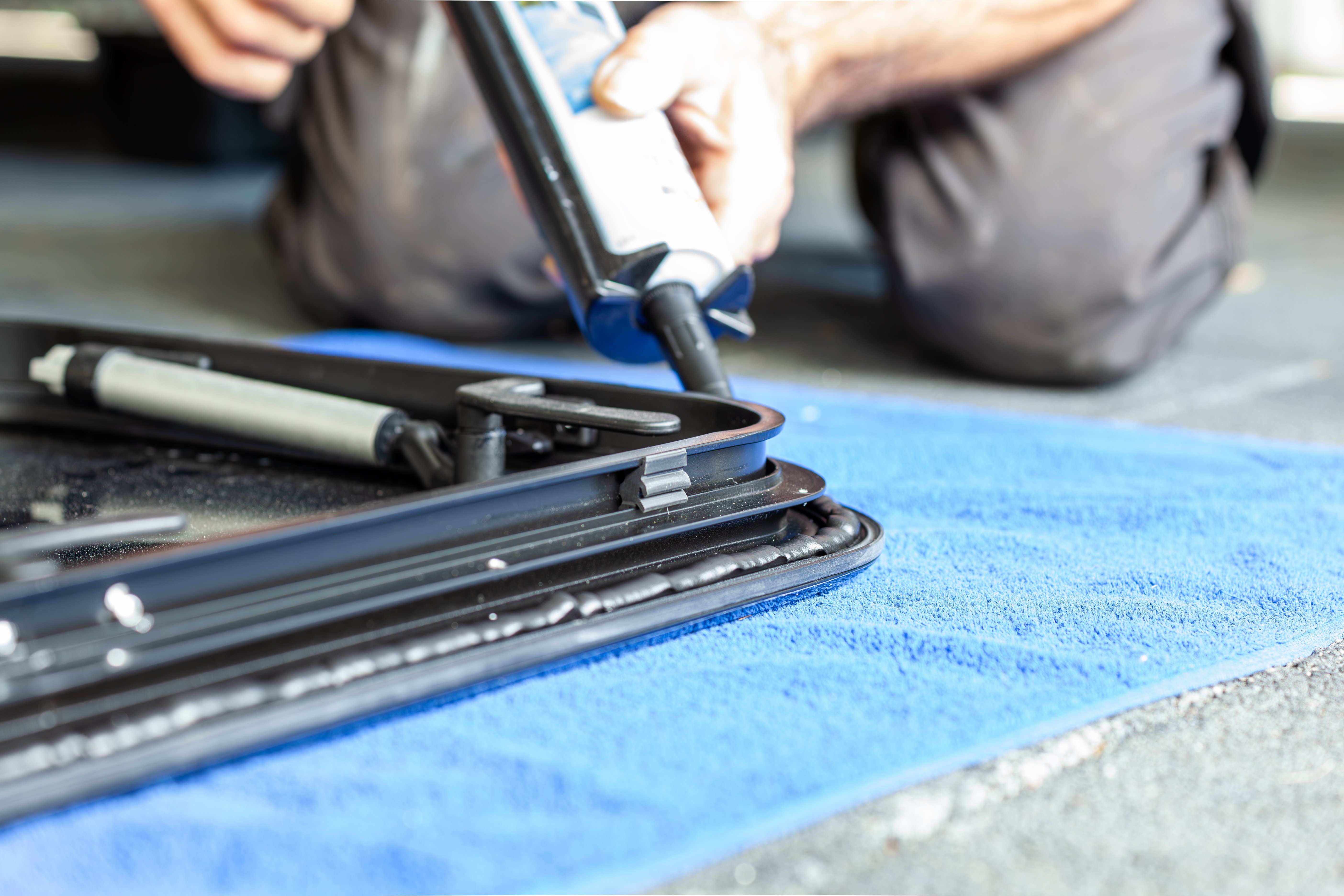
In the worlds of construction, manufacturing, and DIY projects, sealants and adhesives play an essential and pivotal role in ensuring structural integrity, preventing leaks, and bonding materials together. However, navigating the sea of sealant and adhesive terminology can be daunting. Understanding the terminology related to sealants and adhesives is essential for making informed decisions. To help you through the process, we have provided a comprehensive guide to some of this field’s most common terms and concepts.
Sealants vs. Adhesives - Before diving into the terminology, it's crucial to understand the fundamental distinction between sealants and adhesives. Sealants are primarily used to fill gaps, joints, or seams in structures to prevent the passage of air, water, dust, or other substances. They form a flexible and weather-resistant barrier when cured. Adhesives are designed to bond two or more surfaces together. They create a strong, durable connection between materials.
Curing - Curing refers to the process by which sealants and adhesives harden and achieve their intended properties. This can occur through chemical curing, which is a chemical reaction triggered by moisture, air, or heat. It can also occur through a physical process such as pressure or UV exposure called mechanical curing.
 Substrate - The substrate is the surface or material to which the sealant or adhesive is applied. Different substrates require specific adhesives or sealants to ensure a strong bond or effective sealing. Common substrates include wood, metal, glass, plastic, concrete, and ceramics.
Substrate - The substrate is the surface or material to which the sealant or adhesive is applied. Different substrates require specific adhesives or sealants to ensure a strong bond or effective sealing. Common substrates include wood, metal, glass, plastic, concrete, and ceramics.
Viscosity - Viscosity measures the thickness or flowability of a sealant or adhesive and is typically categorized as low, medium, or high. The correct viscosity is essential for proper application and performance.
Tack - Tack is the stickiness of an adhesive at initial application to a substrate. High-tack adhesives stick quickly, while low-tack indicates a slower bonding process.
Helpful Tip: Using our online product finder can help you select the right product for the job. Once you’ve navigated to the main Sealants and Adhesives page, you can filter your options based on up to 16 categories of attributes that may be important to your specific requirements. Just a few include Chemical Base, Flash Point, Density, Application Temperature, Tensile Strength, Cure Mechanism, Tack Free Time, substrates, and more.
Bond Strength - Bond strength is the force required to separate two bonded materials. It is crucial to consider the bond strength needed for your specific application, whether it's shear, peel, or tensile strength.
VOC (Volatile Organic Compounds) - VOCs are organic chemicals that can evaporate into the air, potentially contributing to air pollution and health issues. Low-VOC or VOC-free sealants and adhesives are available to minimize environmental impact and health concerns. Additionally, following ventilation recommendations when applying any sealant or adhesive is very important..png?width=250&height=167&name=MicrosoftTeams-image%20(85).png)
Solvent-Based vs. Solvent-Free - Solvent-based adhesives and sealants contain volatile solvents, which evaporate during curing. As the name suggests, solvent-free products do not contain such solvents and are often considered more environmentally friendly.
Primer - Primers are substances applied to the substrate before the adhesive or sealant to improve adhesion, especially on difficult or non-porous surfaces.
Cure Time – This refers to the duration required for a sealant or adhesive to harden and reach its maximum strength fully. It can vary significantly between products and should be considered in your project timeline.
Whether working on a construction project, repairing household items, or engaging in creative DIY endeavors, understanding the terminology will help you achieve the best results. Additionally, always read product labels and manufacturer instructions to ensure proper usage and safety. Understanding the terms and following label instructions will better equip you to tackle your projects confidently.










